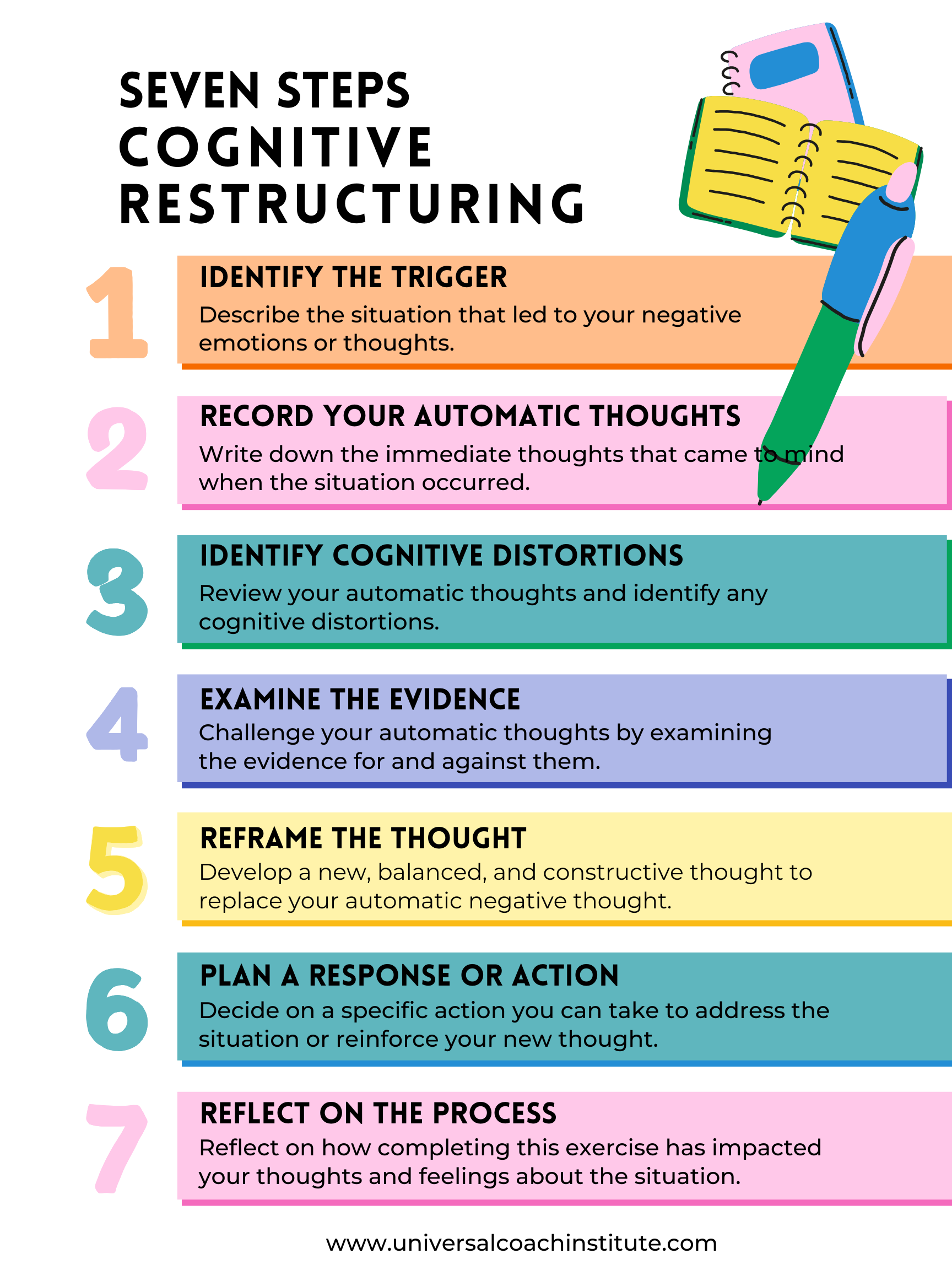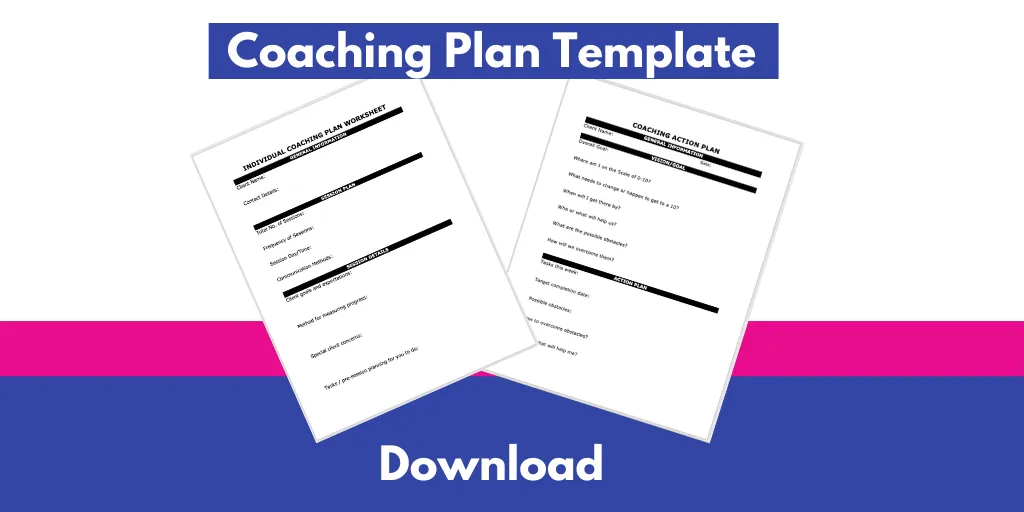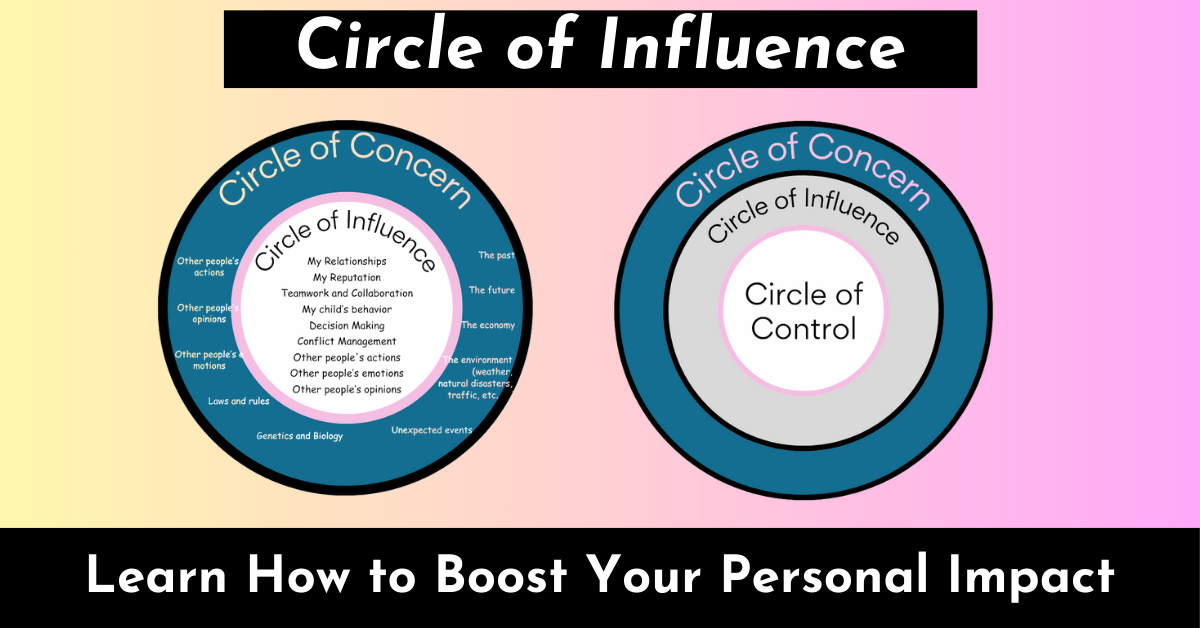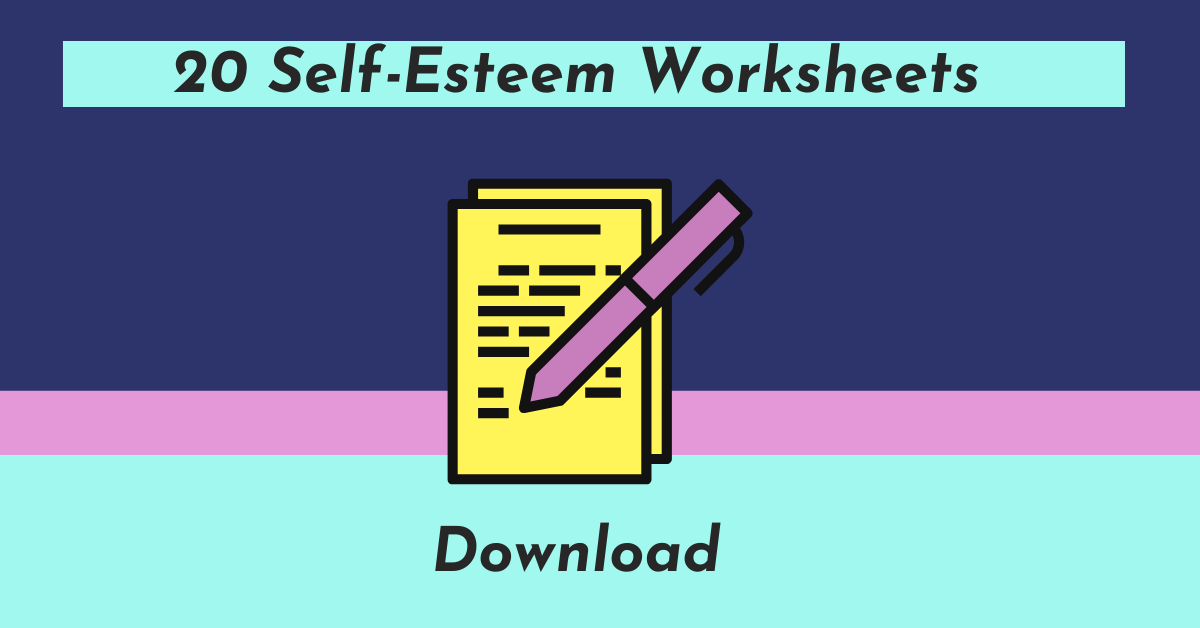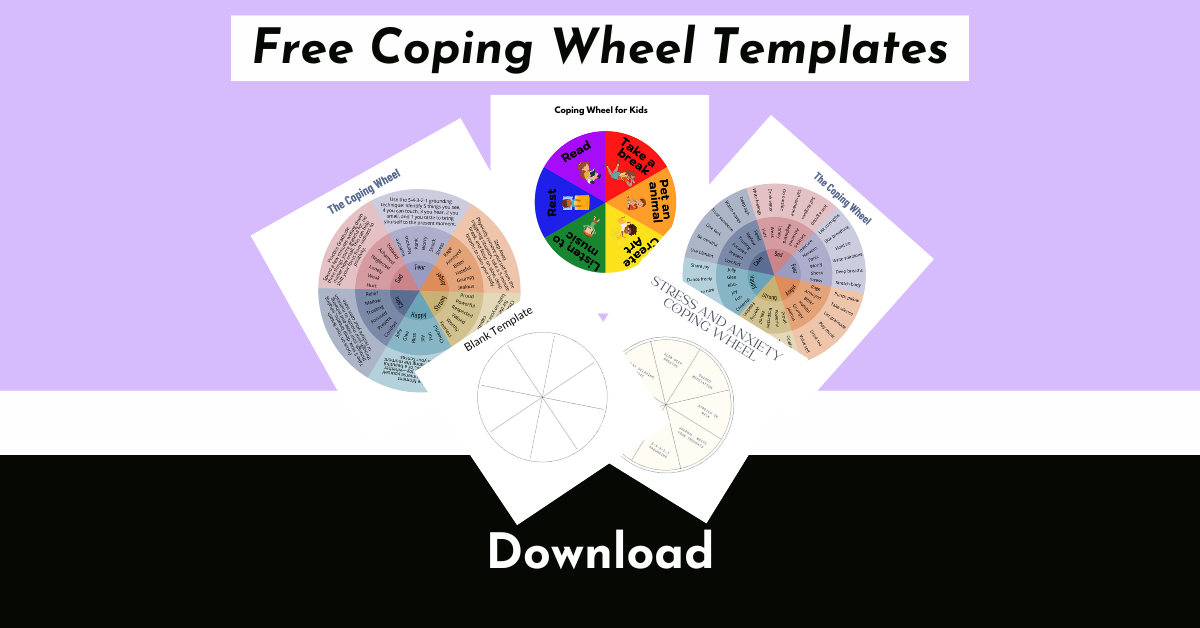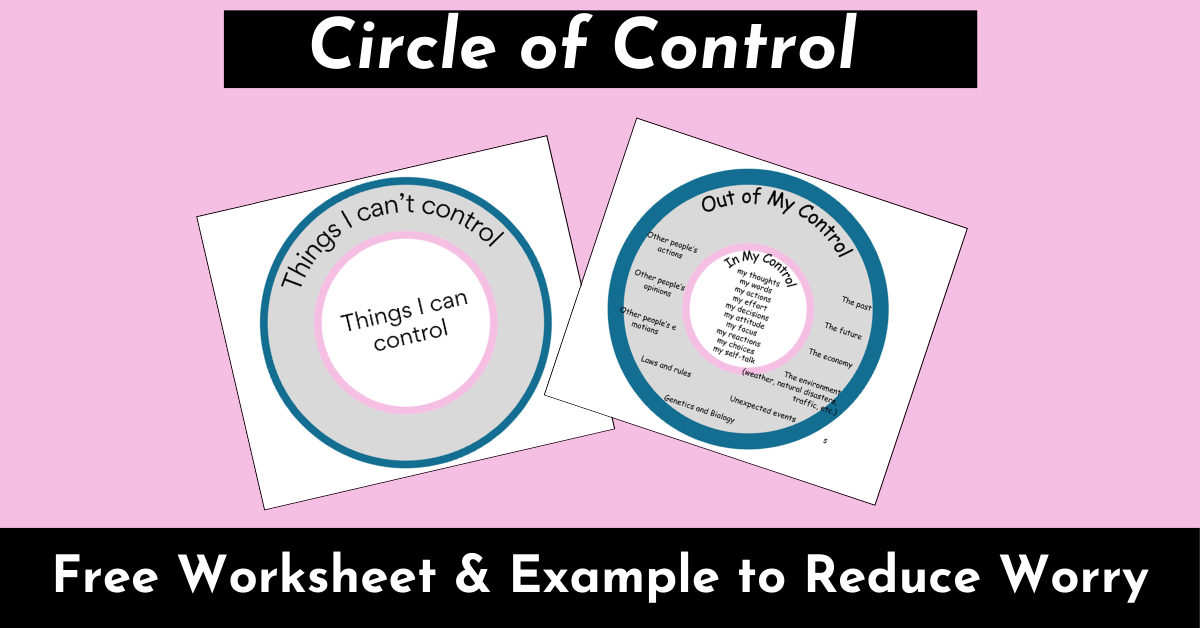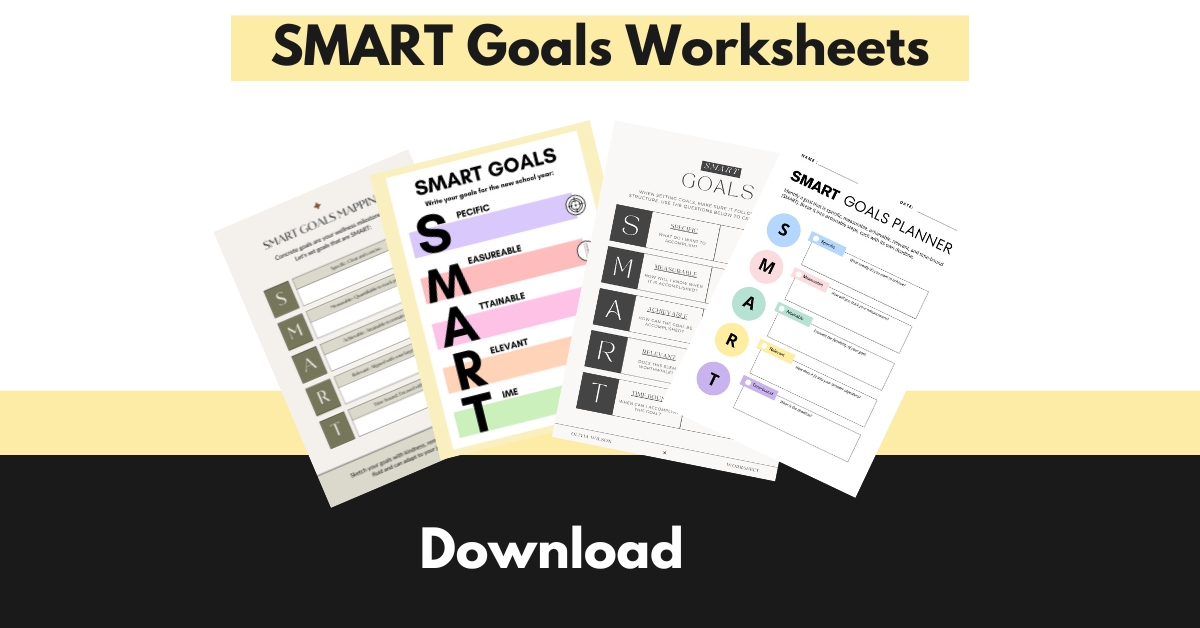Feeling stuck in negative thought patterns? Cognitive restructuring can help you break free by breaking the cycle of distorted thinking. This powerful technique lets you identify and challenge unhelpful thoughts, replacing them with more balanced views.
The cognitive restructuring worksheet provides a structured way to reshape your thinking, offering guided tools for reframing thoughts. By following step-by-step prompts, you can reshape your thinking, improve your mood, and better cope with stress.
Ready to try it out? We’ve created a free worksheet to guide you through cognitive restructuring step-by-step. You’ll find it easy to use and packed with examples to get you started. Give it a try and see how changing your thoughts can change your life.
In This Post
- 1 What is cognitive restructuring?
- 2 How Thoughts Shape Your Life
- 3 What is a cognitive restructuring worksheet?
- 4 Download the Cognitive Restructuring Worksheet
- 5 The Cognitive Restructuring Worksheet
- 6 Additional Tools and Resources
- 7 How can coaches and therapists use cognitive restructuring worksheets effectively?
- 8 Advanced Cognitive Distortion Worksheets for Coaches
- 9 Frequently Asked Questions
- 10 Start Reframing Your Thoughts Today
What is cognitive restructuring?
Cognitive restructuring is an evidenced-based cognitive behavioral therapy (CBT) technique that helps you change negative thought patterns. It guides you through examining and challenging unhelpful thinking.
Cognitive restructuring was developed in the 1960s by Dr. Aaron T. Beck, the founder of Cognitive Behavioral Therapy (CBT). Beck discovered that automatic negative thoughts contributed to emotional distress and created techniques to challenge and change these patterns. Earlier, Albert Ellis introduced similar ideas through Rational Emotive Behavior Therapy (REBT), focusing on disputing irrational beliefs. These contributions laid the foundation for modern cognitive therapies.
How Thoughts Shape Your Life
Your thoughts shape how you feel and act, influencing your emotions, behaviors, and overall well-being. This is reflected in the CBT triangle. The CBT triangle highlights the interconnected relationship between thoughts, emotions, and behaviors. It demonstrates how a change in one area can influence the others.
- Thoughts: What you think about a situation shapes your emotions and actions.
- Emotions: How you feel is influenced by your thoughts and can drive your behavior.
- Behaviors: Your actions often stem from your emotional state and underlying thoughts.
For example, if you think, “I’m not good enough” (thought), you may feel anxious or sad (emotion), leading to avoiding tasks or challenges (behavior). By using cognitive restructuring, you can challenge and replace negative thoughts, which can lead to improved emotions and healthier behaviors.
What is a cognitive restructuring worksheet?
A cognitive restructuring worksheet is a form used in therapy to identify and change negative thoughts. The worksheet has sections for writing down troubling situations, your thoughts about them, and ways to reframe those thoughts more positively. Its purpose is to help you spot cognitive distortions – ways your mind twists reality.
Common distortions include all-or-nothing thinking, overgeneralizing, and jumping to conclusions. The worksheet teaches you to question these distorted thoughts and replace them with more balanced, realistic ones.
Who can benefit from cognitive restructuring?
You might use a cognitive restructuring worksheet if you struggle with anxiety, depression, low self-esteem, other mental health issues, or everyday life issues. It’s helpful when you notice yourself stuck in negative thought loops. A therapist or coach may have you complete worksheets during sessions or as homework.
Some specific times to use the worksheet:
- Before a stressful event to calm nerves
- After an upsetting situation to gain perspective
- When you catch yourself engaging in negative self-talk
- As a daily practice to build more positive thinking habits
What are the benefits of using cognitive restructuring worksheets?
A cognitive restructuring worksheet provides actionable steps to reshape unhelpful mental habits. They help you become more aware of your thought patterns and how they affect your mood. With practice, you’ll get better at catching and changing unhelpful thoughts on your own.
Benefits include:
- Reduced symptoms of anxiety and depression
- Better problem-solving skills
- Increased self-esteem and confidence
- More balanced, realistic thinking
- Improved emotional regulation
- Overcoming procrastination
The worksheets also give you a record of your progress over time. You can look back and see how your thinking has changed. This can be very motivating as you continue working on your mental health.
Download the Cognitive Restructuring Worksheet
The Cognitive Restructuring Worksheet
Introduction
Cognitive restructuring is a powerful tool to help you identify, challenge, and change negative thought patterns that may be holding you back. This worksheet will guide you through the process step-by-step, providing guided exercises for thought transformation. Take your time to complete each section thoroughly.
1. Identify the Trigger
Instructions:
Describe the situation that led to your negative emotions or thoughts.
- What happened? (Be specific about the event or situation.)
- Where were you? Who was involved?
- How did you feel in the moment?
Example:
- Trigger: My manager gave me critical feedback during a team meeting.
- Feelings: Embarrassed, anxious, and upset.
Your Response:
- Trigger: ________________________________________
- Feelings: ________________________________________
2. Record Your Automatic Thoughts
Instructions:
Write down the immediate thoughts that came to mind when the situation occurred. These are often negative, irrational, or distorted.
- What were you thinking?
- What meaning did you attach to the situation?
Example:
- “I’m terrible at my job.”
- “Everyone thinks I’m incompetent.”
Your Response:
- Automatic Thought(s): ________________________________________
3. Identify Cognitive Distortions
What are cognitive distortions?
Cognitive distortions were first identified by Dr. Aaron T. Beck in the 1960s as patterns of faulty thinking that contribute to emotional distress. These concepts were later expanded by Dr. David D. Burns in his book Feeling Good: The New Mood Therapy, which categorized common distortions like catastrophizing and all-or-nothing thinking. Today, they are integral to Cognitive Behavioral Therapy (CBT) and help individuals identify and challenge unhelpful thought patterns.
Instructions:
Review your automatic thoughts and identify any cognitive distortions. These are common patterns of faulty thinking.
Common Cognitive Distortions:
- All-or-Nothing Thinking: Viewing situations in black-and-white terms.
- Overgeneralization: Assuming a single negative event will repeat endlessly.
- Catastrophizing: Expecting the worst possible outcome.
- Personalization: Blaming yourself for events outside your control.
- Mind Reading: Assuming you know what others are thinking.
- Labeling: Assigning a negative label to yourself.
Example:
- Automatic Thought: “I’m terrible at my job.”
- Cognitive Distortion(s): Labeling, All-or-Nothing Thinking.
Your Response:
- Cognitive Distortion(s): ________________________________________
4. Examine the Evidence
Instructions:
Challenge your automatic thoughts by examining the evidence for and against them. Be as objective as possible.
Prompts:
- What facts support this thought?
- What facts contradict this thought?
- Am I basing this thought on feelings or facts?
Example:
- Automatic Thought: “I’m terrible at my job.”
- Evidence For: “I made a mistake on the project last week.”
- Evidence Against: “I’ve received positive feedback in the past, and my last project was a success.”
Your Response:
- Evidence For: ________________________________________
- Evidence Against: ________________________________________
Psychologist Albert Ellis discussed in his book A Guide to Rational Living that you can learn to dispute your irrational beliefs by questioning them rationally and scientifically.
Ask yourself:
- Where is the evidence that this belief is true?
- Is it logical to think this way?
- What would be a more rational alternative?
He went on to explain that once you recognize the flaws in your beliefs, you replace them with more rational, constructive thoughts that are grounded in reality.
5. Reframe the Thought
Instructions:
Develop a new, balanced, and constructive thought to replace your automatic negative thought. Focus on facts and a growth-oriented perspective.
Ask yourself: “What would I tell a friend in this situation?” Write down these new thoughts and rate how much you believe them.
Example:
- Original Thought: “I’m terrible at my job.”
- Reframed Thought: “I made a mistake, but I’ve done well in the past. I can learn from this and improve.”
Your Response:
- Reframed Thought: ________________________________________
6. Plan a Response or Action
Instructions:
Decide on a specific action you can take to address the situation or reinforce your new thought. Focus on productive and realistic steps.
Prompts:
- What can I do to improve or handle the situation better?
- How can I test this new thought in real life?
Example:
- Action Plan: “I will ask my manager for feedback on how to improve and focus on doing my best in the next project.”
Your Response:
- Action Plan: ________________________________________
7. Reflect on the Process
Instructions:
Reflect on how completing this exercise has impacted your thoughts and feelings about the situation.
Prompts:
- How do you feel now compared to when you started?
- What have you learned from this process?
- How can you use cognitive restructuring in the future?
Example:
- Reflection: “I feel more in control and less anxious. I learned that my initial thoughts were exaggerated and not entirely true. I can use this process to stay grounded in future situations.”
Your Response:
- Reflection: ________________________________________
Additional Tools and Resources
Affirmations:
Create a list of affirmations or positive statements to reinforce your new, balanced thoughts.
Example:
- “I am capable of learning and improving.”
- “Mistakes are opportunities for growth.”
Journaling:
Keep a daily journal to track your thoughts, emotions, and progress in managing cognitive distortions.
Practice Exercises:
- Repeat this worksheet for different situations to strengthen your cognitive restructuring skills.
- Review your past entries periodically to notice patterns and growth.
By using this worksheet regularly, you can build resilience, develop healthier thought patterns, and empower yourself to handle challenging situations more effectively.
How can coaches and therapists use cognitive restructuring worksheets effectively?
Cognitive restructuring worksheets can be powerful coaching tools in your practice. They help clients identify and change unhelpful thought patterns. Here are some tips to make the most of these resources.
Using Worksheets in Sessions
Start by explaining the purpose of the worksheet to your client. Show them how to fill it out with a simple example. You can do this together at first. Give them time to work on it alone, too. Review their answers and discuss insights.
Use the worksheet to track progress over time. Look for patterns in your client’s thoughts. Point out improvements and areas that need more work. Encourage them to keep practicing between sessions.
You can also use worksheets as homework. This helps clients apply what they learn outside of therapy. Make sure to follow up on their homework in the next session.
Group Facilitation Ideas
Cognitive restructuring works well in groups, too. You can use worksheets as a starting point for discussions. Have group members share their thoughts and challenge each other’s ideas.
Try role-playing exercises based on worksheet scenarios. This helps clients practice new thinking patterns out loud. You can also split the group into pairs to work on worksheets together.
Create a worksheet, “scavenger hunt,” where clients find examples of different thought patterns. This makes the exercise more fun and interactive.
Customizing for Clients
Not all worksheets fit every client. You may need to adjust them based on your client’s needs.
For example, you might simplify the language for younger clients or those with learning differences.
Add visuals or diagrams for clients who learn better with pictures. You can also create digital versions for tech-savvy clients. Some may prefer to type their answers instead of writing by hand.
Think about your client’s specific issues when choosing worksheets. Someone dealing with anxiety might need different exercises than someone working on self-esteem. You can even make your own worksheets tailored to a client’s unique situation.
Advanced Cognitive Distortion Worksheets for Coaches
- Socratic Questioning Worksheet
- Decatastrophizing Worksheet
- Downward Arrow Technique Worksheet
- Challenging Cognitive Distortions Worksheet
Frequently Asked Questions
Can I do cognitive restructuring on my own?
Yes, you can use worksheets or apps, but guidance from a therapist or coach can enhance results.
How often should I use the worksheet?
Aim for 3 times a week or whenever you feel stuck in negative thought patterns.
Set a schedule for using your worksheet. Aim to complete it at least 3 times a week. Pick a quiet time when you can focus without distractions.
Keep your worksheets in one place, like a folder or notebook. This lets you look back and see your progress over time.
How long does it take to see results?
Results vary, but with regular practice, you may notice improvements in a few weeks.
Be patient with yourself. Changing thought patterns takes practice. Celebrate small wins, like noticing negative thoughts more quickly or coming up with balanced alternatives more easily.
Try pairing the worksheet with other tools like mindfulness or deep breathing. These can help you stay calm while working through tough emotions and thoughts.
Can worksheets replace therapy?
Worksheets are a helpful tool but not a substitute for professional therapy when needed.
Start Reframing Your Thoughts Today
You now have the tools to reshape thinking patterns. Cognitive restructuring can lead to positive change in your mental well-being. By challenging negative thoughts, you open the door to a more balanced perspective.
Celebrate small victories along the way. Each time you reframe a thought, you’re building a stronger, more resilient mindset.
Don’t hesitate to seek support if needed. Friends, family, a therapist, or a coach can offer valuable insights.
They may spot patterns you’ve missed or suggest new ways to reframe your thoughts.
Your mental well-being is worth the effort. Start today, and watch as your thought patterns shift towards a more positive, balanced perspective.

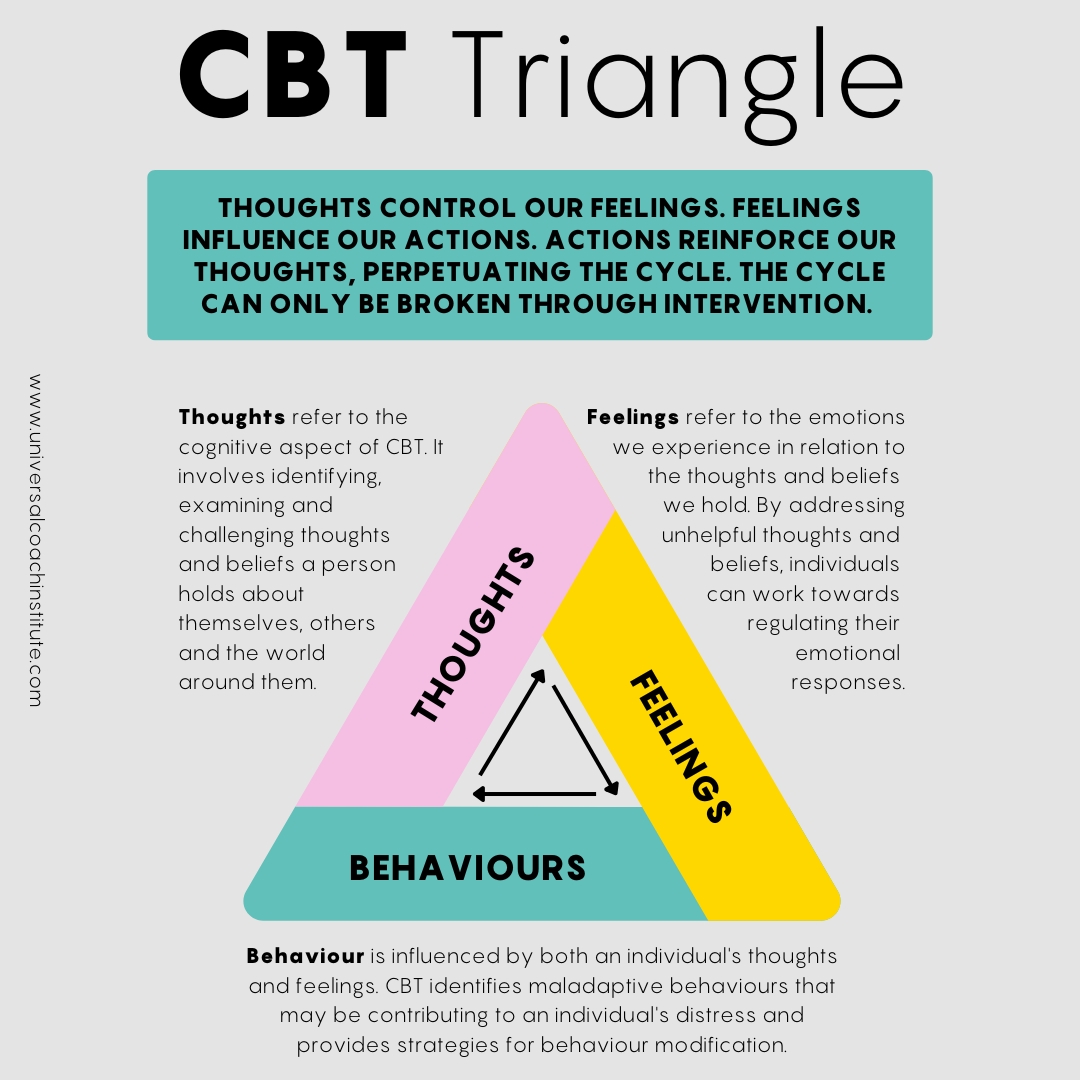
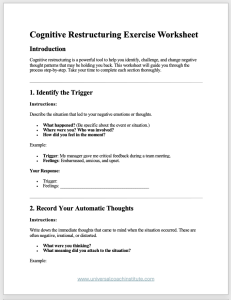 Download
Download